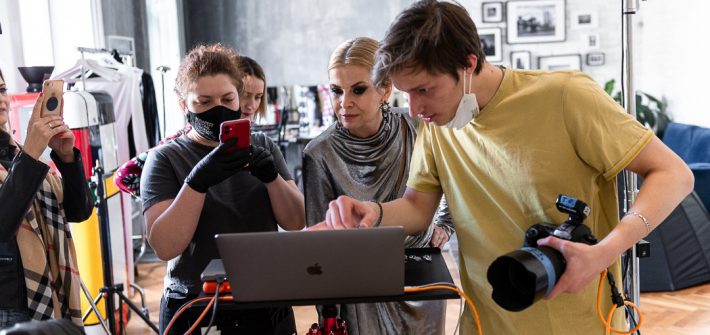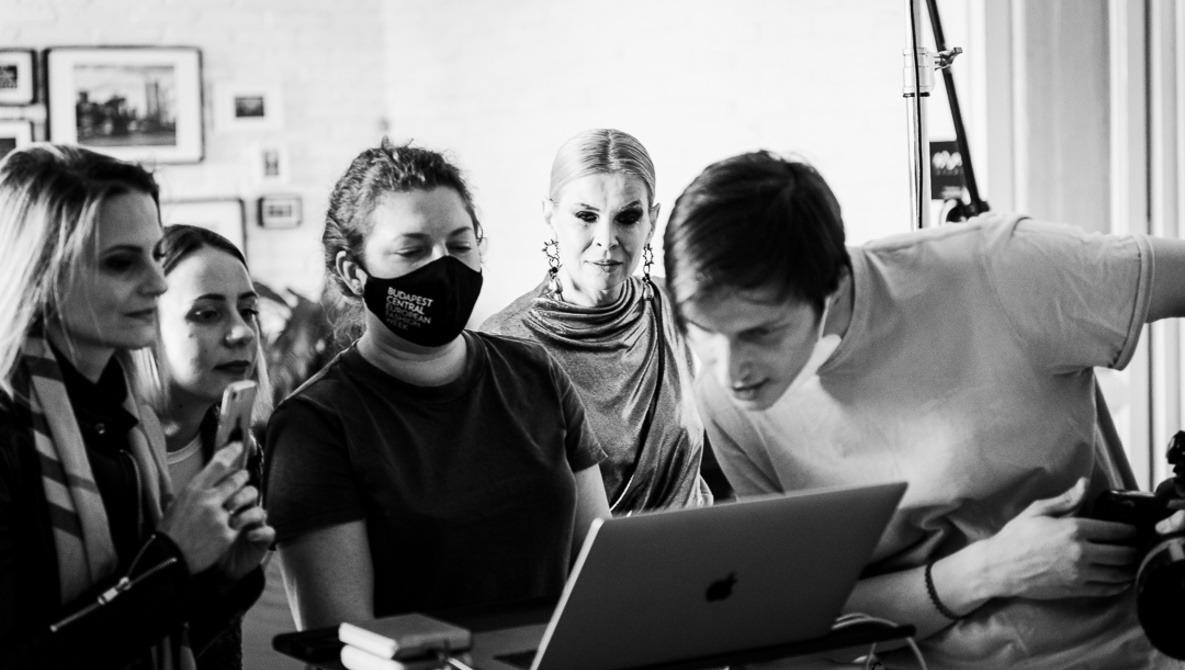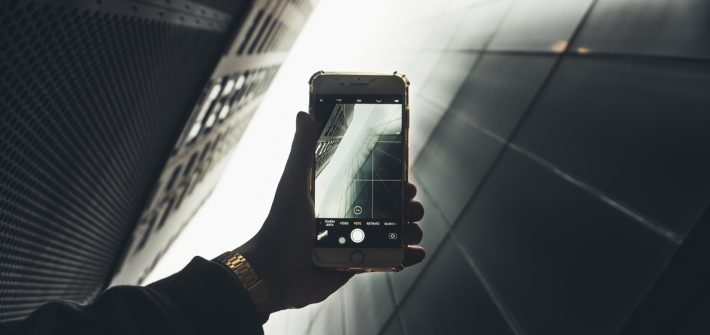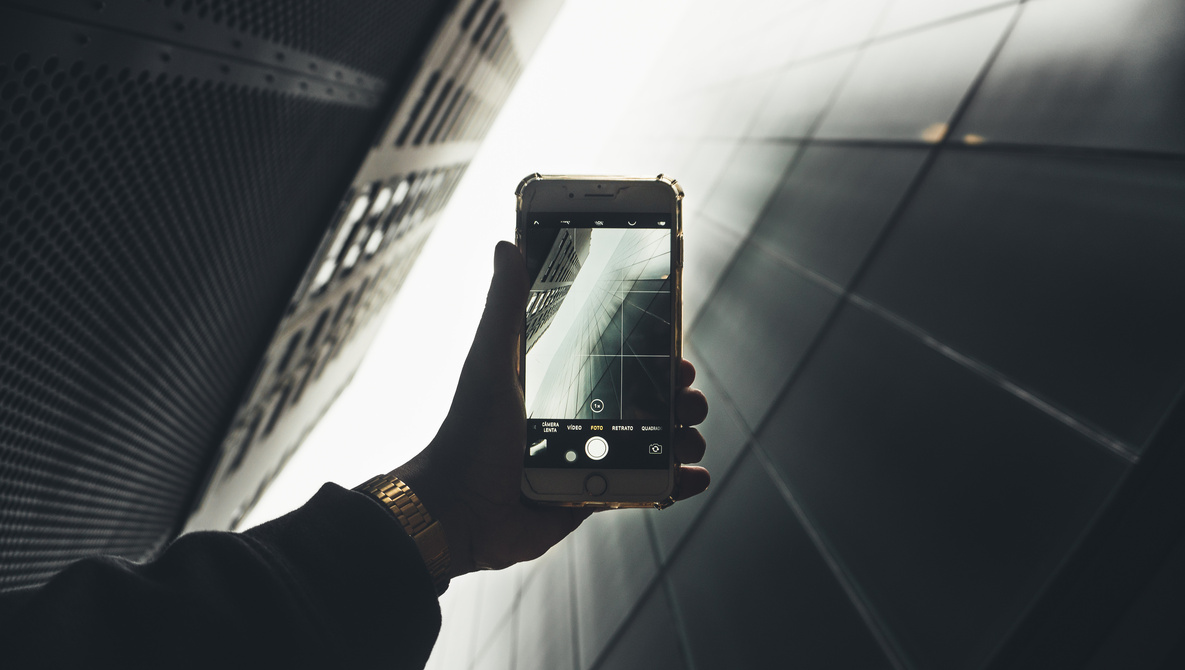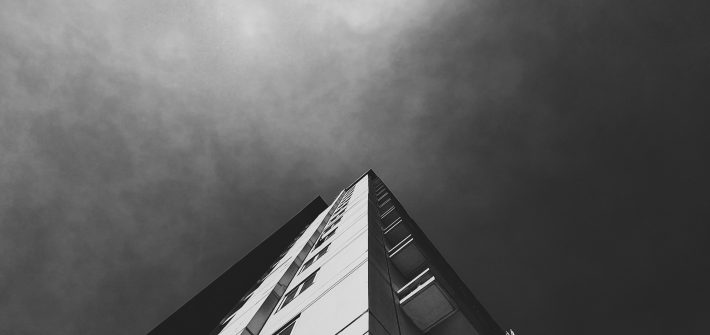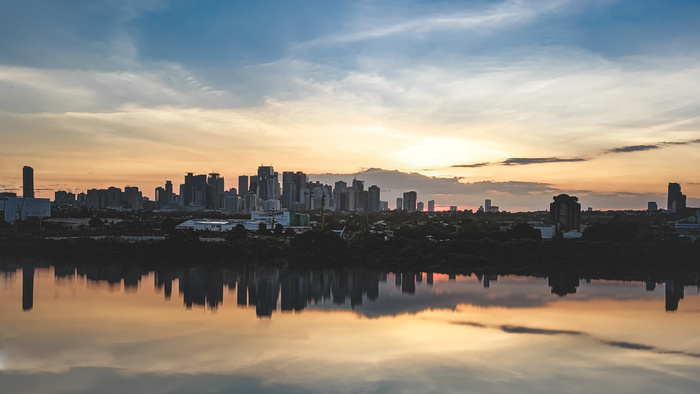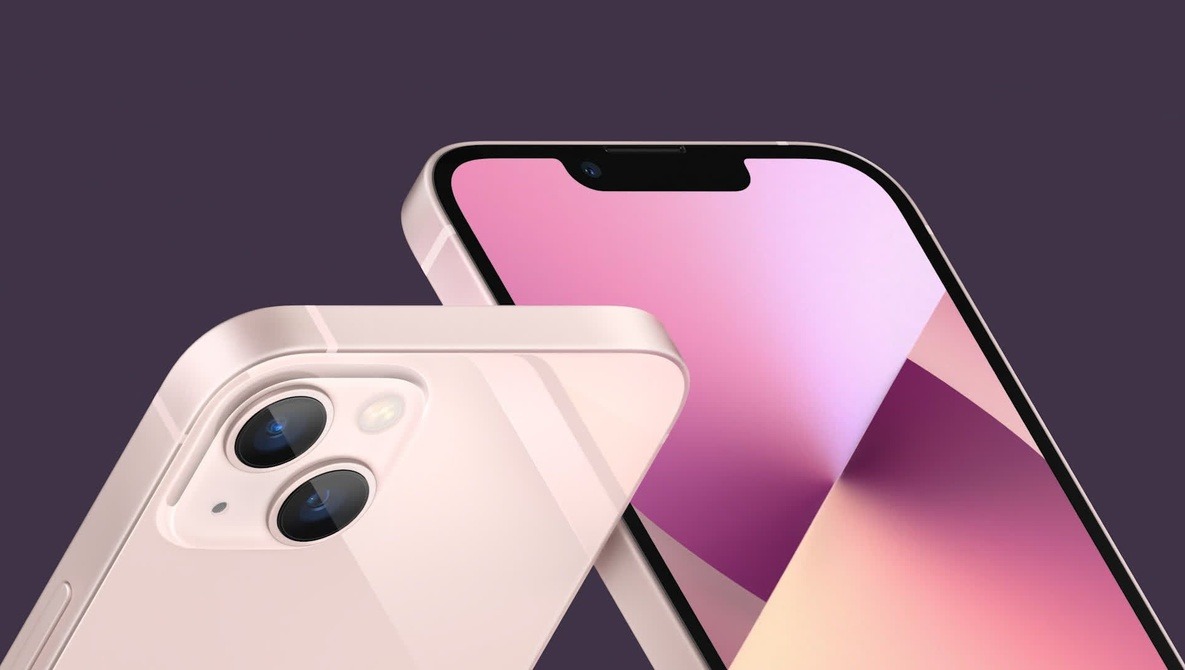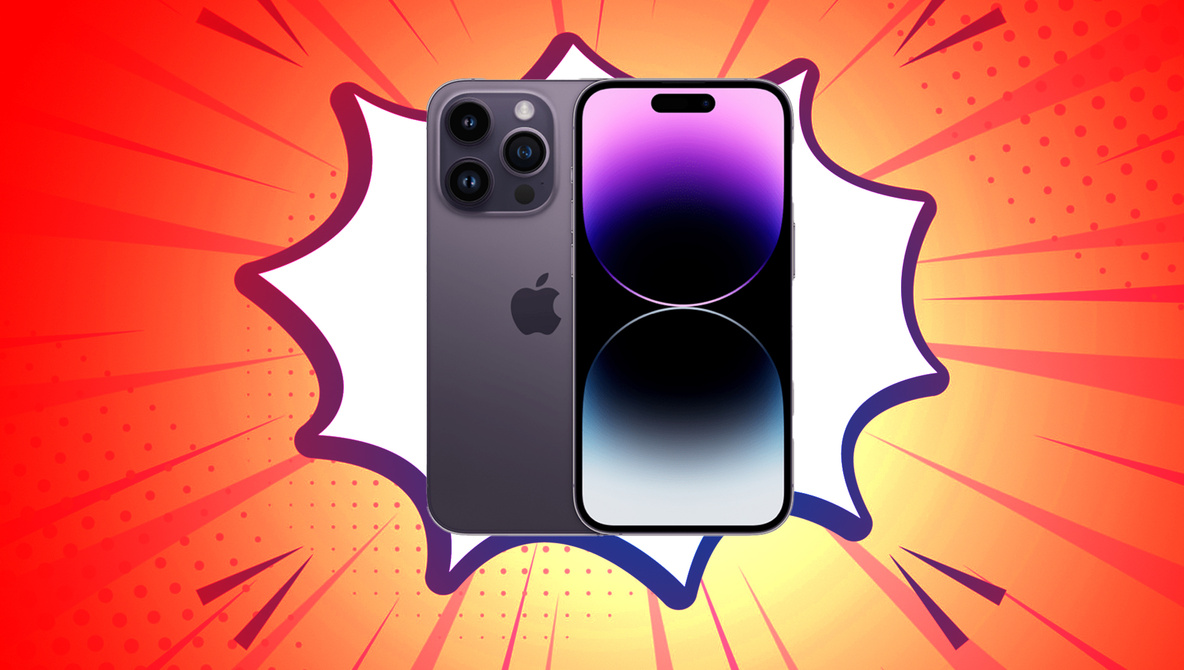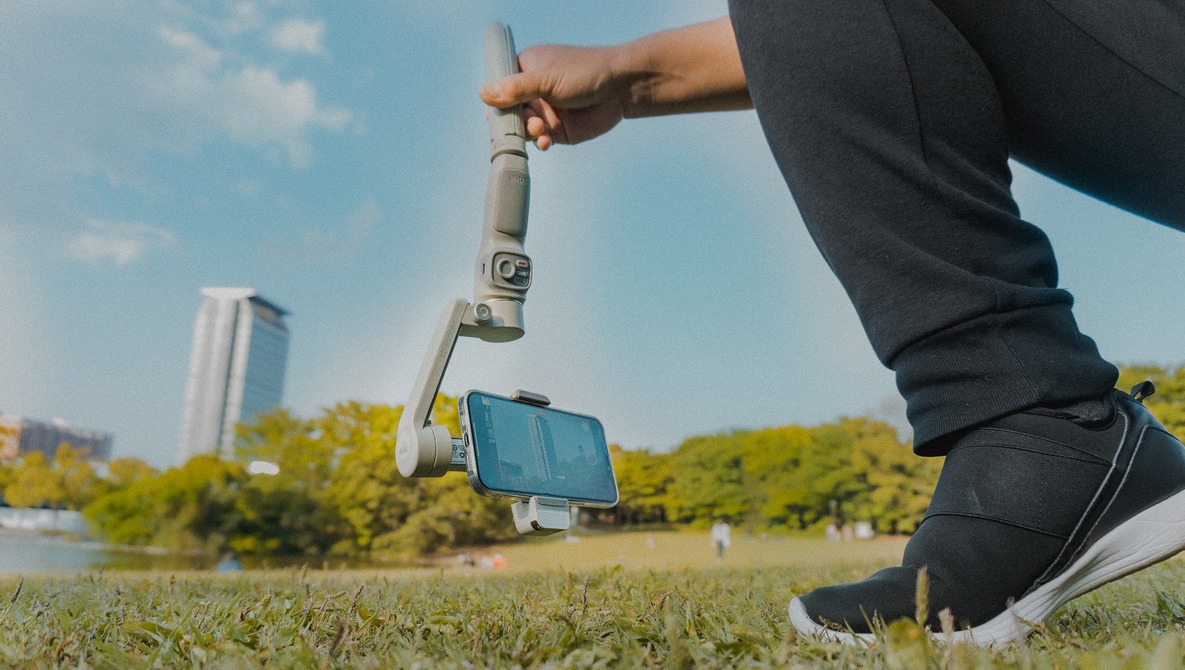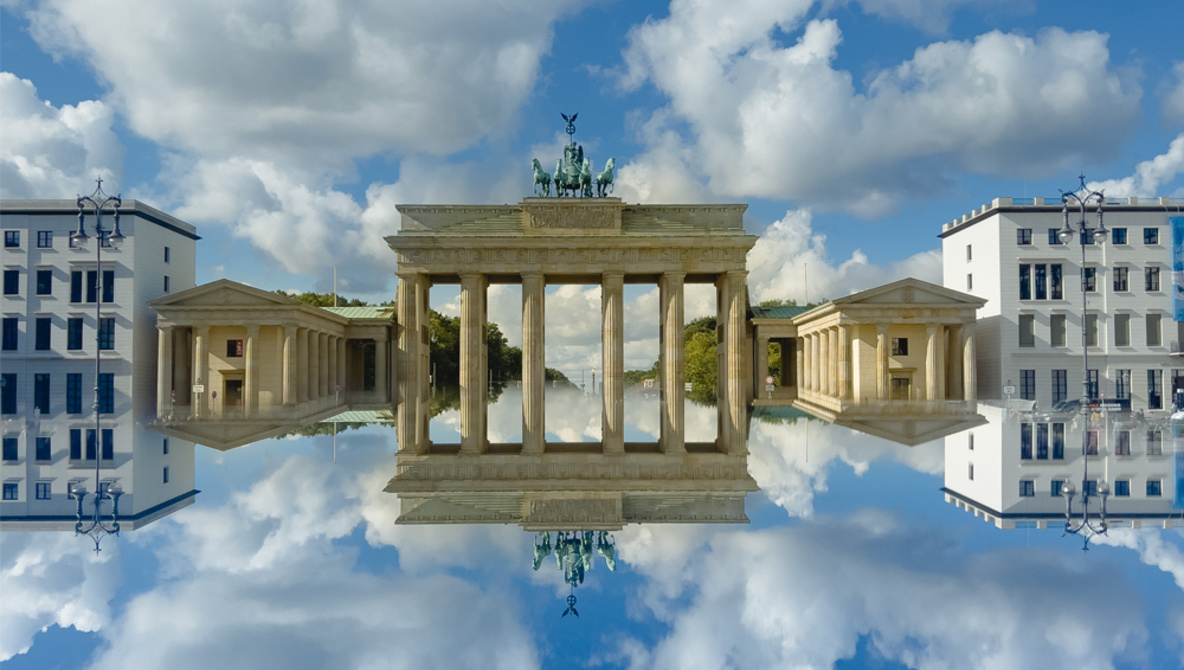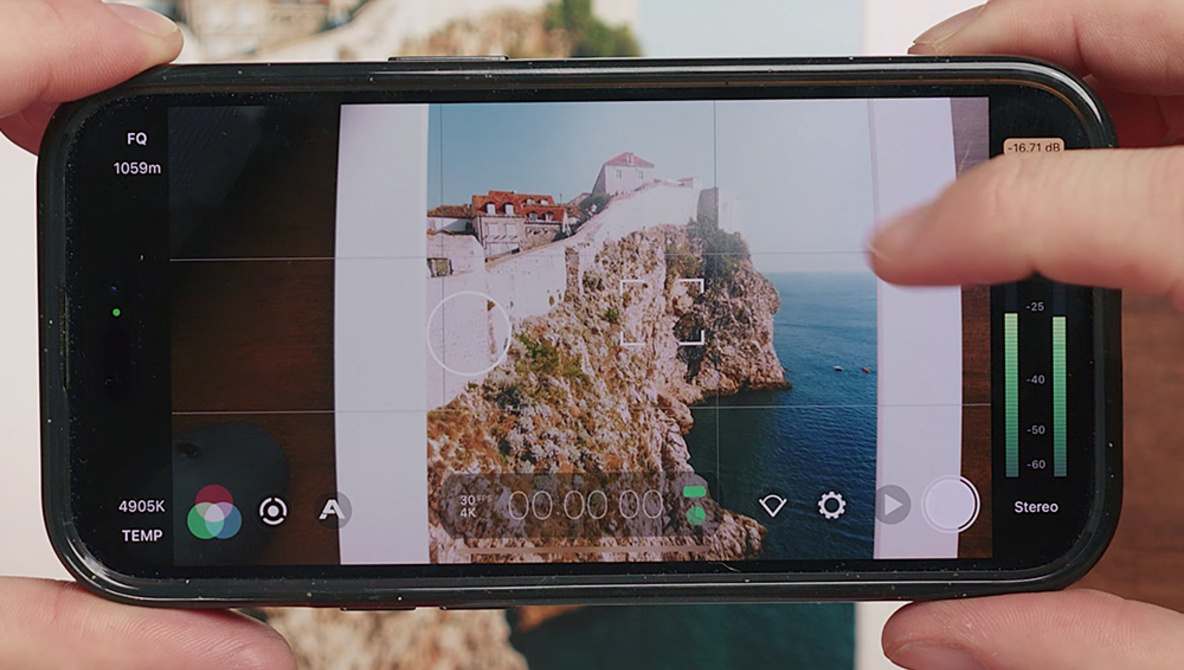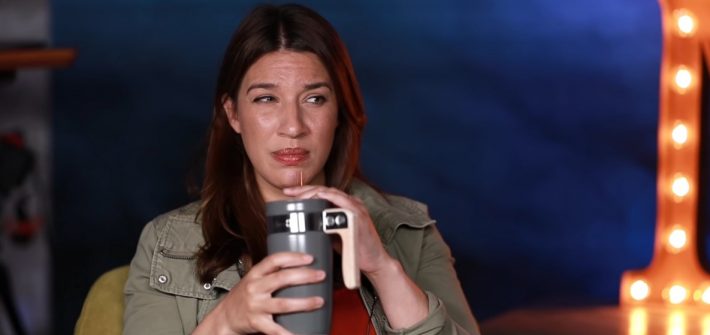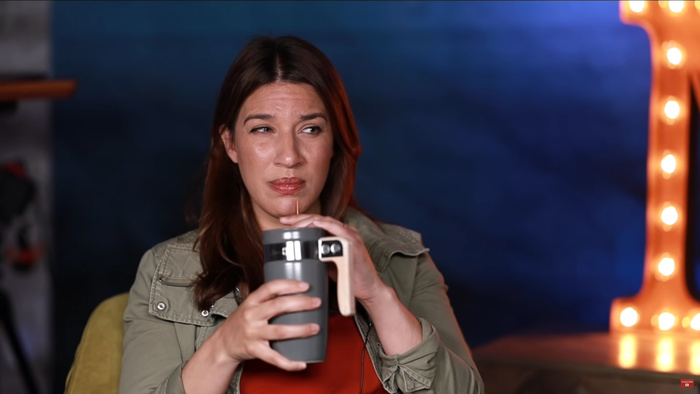In this video, Glyn Dewis effortlessly explains how he manages to capture the iconic Prince of Wales bridge spanning the border between Wales and England. As a proud Welshman, this was intriguing to me, and as a photographer this is engaging and really shows the potential that mobile technology has to be able to improve the availability and quality of immediate photography.
Mobile
Top 7 Smartphone Photography Tips That Will Make You Forget Your Camera
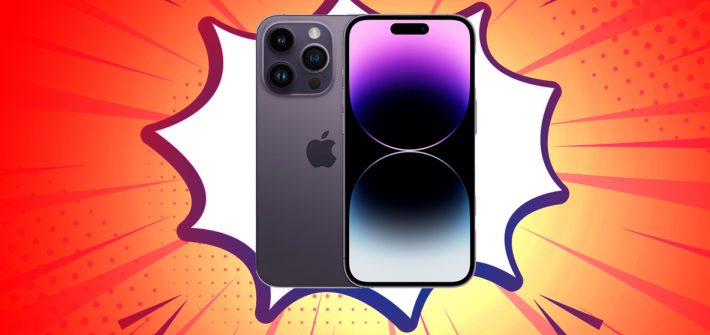
In a recent article of mine, I discussed switching from a DSLR to a smartphone for casual photography. Recently, one of my friends reached out to me and asked what camera he should get for a trip he is going to. I told him: to use his phone and gave him some tips. Here are the top 7 tips that every smartphone photographer should know.
Fstoppers Reviews the Zhiyun Smooth-Q3: The Best Smartphone Gimbal To Date
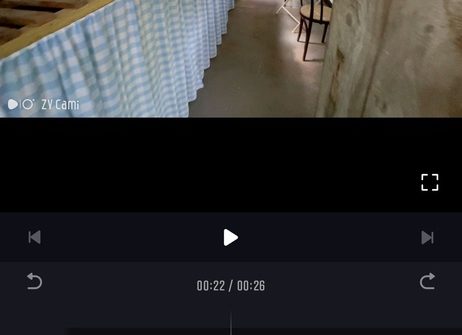
The capabilities of smartphones when it comes to photography and videography have improved to a degree where they are legitimately useful tools for professions and enthusiasts alike. I got my hands on Zhiyun’s Smooth-Q3 to put it through its paces, and the results surprised me.
![]()
Everything You Need to Know to Shoot Professional Video on Your iPhone
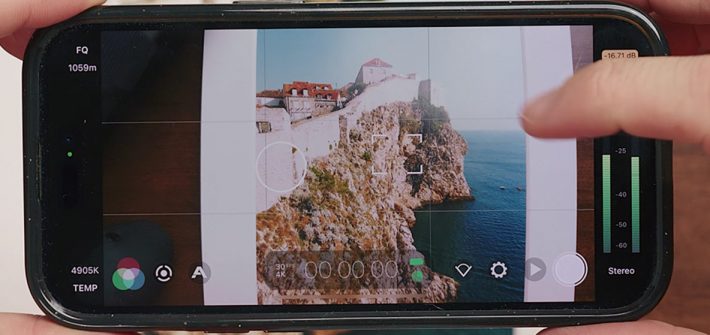
The iPhone has become a legitimate professional creative tool for many people, and in many situations, it is actually the device of choice for shooting video. Just like any other camera, though, it is important to learn how to get the most out of it to produce your best work. This fantastic video tutorial will show you everything you need to know to produce professional video footage using your iPhone.
